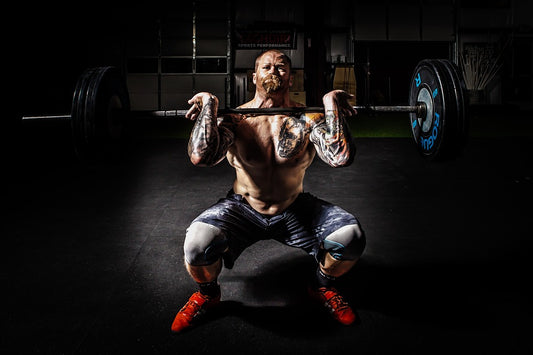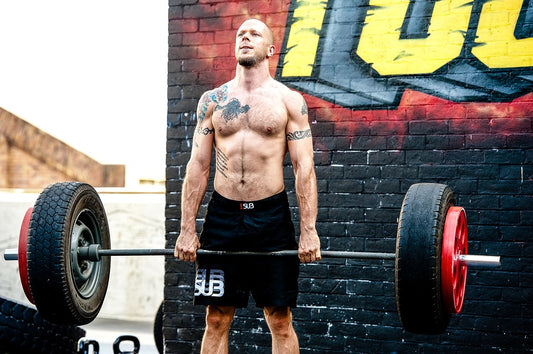CrossFit

Workout of the day: Cross Training and What to ...
The human body system is structured in a way that if it is left to its own devices, it will never push itself hard enough to make the changes required...
Workout of the day: Cross Training and What to ...
The human body system is structured in a way that if it is left to its own devices, it will never push itself hard enough to make the changes required...

Creatine and How It Blends into the Cross Train...
Creatine is one of those supplements best suited for the job. Anyone wanting to improve their CrossFit workout performance, creatine is the supplement to go for. Regarding popularity, this sports...
Creatine and How It Blends into the Cross Train...
Creatine is one of those supplements best suited for the job. Anyone wanting to improve their CrossFit workout performance, creatine is the supplement to go for. Regarding popularity, this sports...
Bodyweight Strength Training Moves & Their Bene...
Body strength training is one of the workouts that has been getting exposure of late. Think of moves such as the human flag which initially was only done in circus...
Bodyweight Strength Training Moves & Their Bene...
Body strength training is one of the workouts that has been getting exposure of late. Think of moves such as the human flag which initially was only done in circus...
Addressing Key Questions in Cross Training Work...
Cross Training is one of the high-intensity training methods that push adult minds and bodies to their very limits. Because of this picture, most parents are apprehensive when considering kids Cross...
Addressing Key Questions in Cross Training Work...
Cross Training is one of the high-intensity training methods that push adult minds and bodies to their very limits. Because of this picture, most parents are apprehensive when considering kids Cross...

Cross Training Workout: A Brief Guide into Beta...
Beta-alanine is not a new supplement to the sports and fitness industry, and most people know what it feels like. That said, not as many people know what Beta-alanine does...
Cross Training Workout: A Brief Guide into Beta...
Beta-alanine is not a new supplement to the sports and fitness industry, and most people know what it feels like. That said, not as many people know what Beta-alanine does...

Why Spend Time Doing Power Cleans Cross Trainin...
Apart from helping you to develop explosive strength, power clean has lots of other benefits in store for you. First things first, power cleans are not your ordinary CrossFit workout;...
Why Spend Time Doing Power Cleans Cross Trainin...
Apart from helping you to develop explosive strength, power clean has lots of other benefits in store for you. First things first, power cleans are not your ordinary CrossFit workout;...


